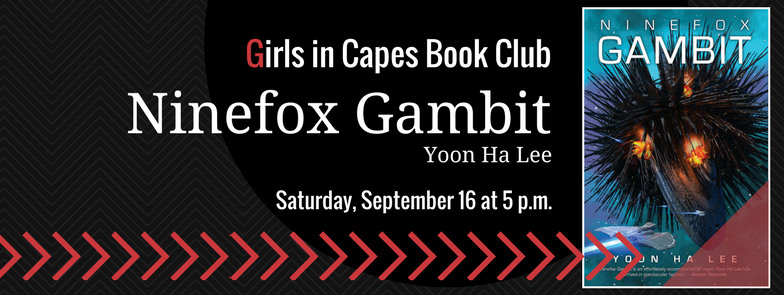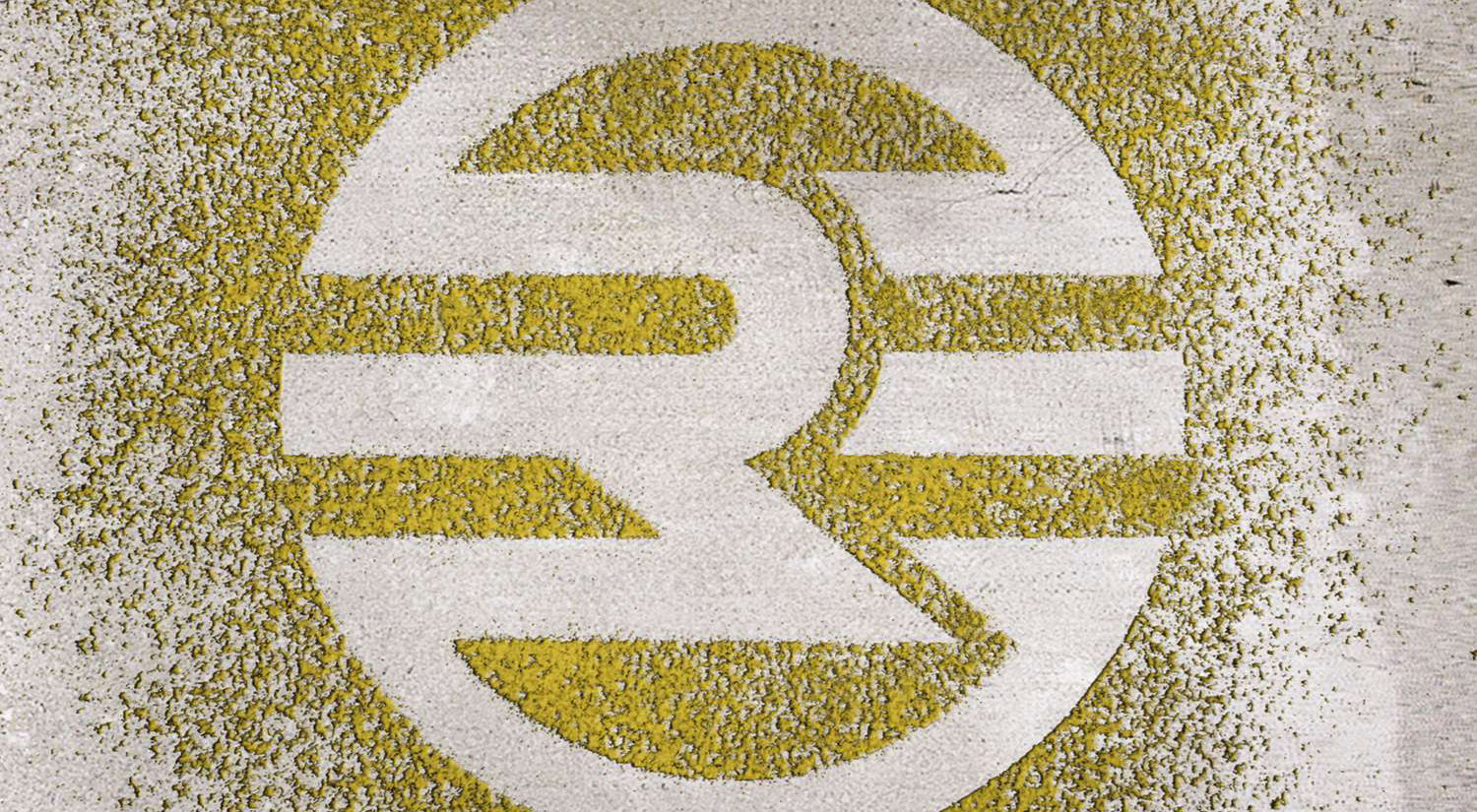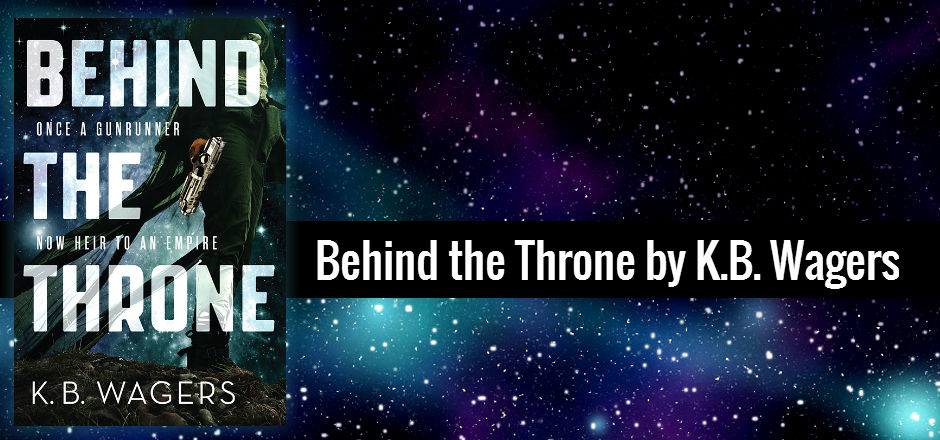Brutal. That’s the first word that comes to mind while reading Lauren Beukes’s sci-fi thriller/mystery The Shining Girls, and for good reason.
The Shining Girls focuses on two characters: Harper Curtis, a serial killer who gained the ability to time travel via a mysterious house that he stumbled across in Depression-era Chicago, and Kirby Mazrachi, a girl who was supposed to be one of Harper’s victims. Kirby is one of the shining girls, a girl burning bright with some kind of potential that Harper feels destined to eliminate. He fails to kill her and so Kirby grows up, angry and determined to track down her would-be killer. The hunter is now the hunted.
Beukes wastes no time launching right into the main arc of the novel, introducing us to both Harper and Kirby (I can’t be the only one thinking of the Nintendo character, right?) in one fell swoop. Right from the beginning, she hooks you with her technique of weaving intrigue, interesting characterization, and mystery into her storytelling.
What sets The Shining Girls apart from other mystery novels, though, is the time-traveling aspect that takes the story up a notch. Harper hops through different time periods chasing these unfortunate girls, meeting them during one year and catching up to them years later to finish his ‘job.’ It was a little confusing at first trying to keep up with which girl was originally from which year, but eventually you grow used to it and you feel like a detective yourself trying to piece everything together to see where everyone fits.
For me, the most interesting aspect of the novel was Kirby. Her character was very vibrant and dynamic, in part due to her experience as a victim of a gruesome attempted murder. She doesn’t like being pitied or sympathized with; she calls attention to one instance where a boy tried to kiss the scars on her stomach and she rebuked him for it, saying that romanticizing her situation and thinking that kissing the scars would ‘heal’ or ‘help’ her was stupid and patronizing. All in all, she doesn’t like the way the media and the people around her treat her as a ‘tragedy’ because she sees herself as anything but, which I found very empowering and refreshing to see so well-written.
Harper is creepy as hell. That’s the whole point of him, of course, so Beukes definitely nailed the sleazy, perverted stalker-murderer type. As far as his motivations go, though, he’s a lot harder to pin down, making his character slip through your fingers more often than you’d think. Would it have been more interesting to know more about Harper’s incentives for killing these girls, other than the semi-vague notion that they ‘shine’ and he needs to douse that flame by killing them? Maybe, but then again, that’s not really the point of the story. We’re not here to understand or (God forbid) sympathize with Harper; we’re here to root Kirby on as she grows up, joins the Chicago Sun-Times, and tries to hunt him down despite the fact that he can jump through time.
The Shining Girls is such a character driven story, and for that I really did enjoy it. Harper’s and Kirby’s desires and morals were continuously clashing throughout the narrative, making it a real game of cat and mouse. My only real ‘gripe’ with the novel was that Kirby’s hunt for Harper was more underwhelming than I expected. It’s quite a slow process, and even when she does uncover clues and make headway it seems more like she just got lucky than she actually did some digging and discovered something for herself. Still, I was enjoying her character so much that even that downside didn’t bother me much as I was reading.
If you’re looking for something new and inventive in the mystery/thriller genre, I definitely suggest The Shining Girls.
4 out of 5 stars
Gabby Taub, the Fantasy Reviewer at Girls in Capes, is a senior at New York University studying creative writing. She enjoys reading, writing, watching TV, and spending time getting lost among the bookshelves at Strand Bookstore.






